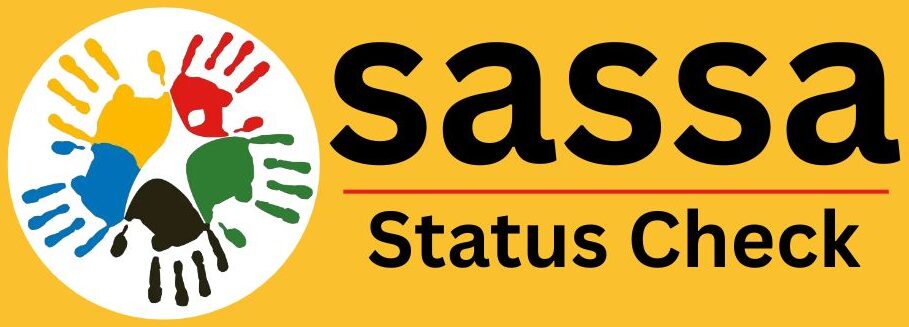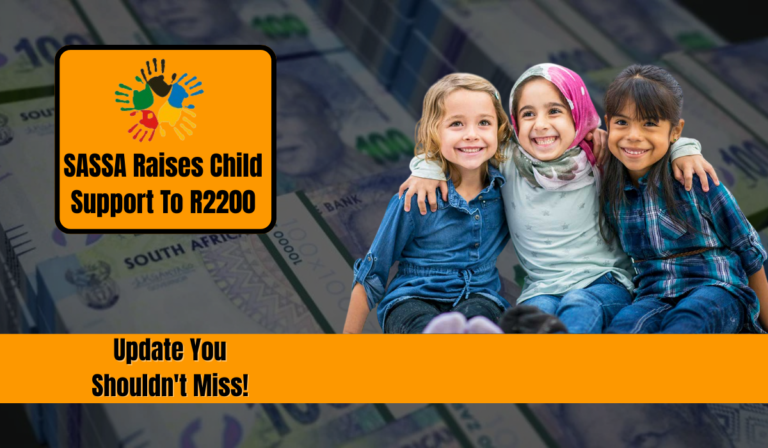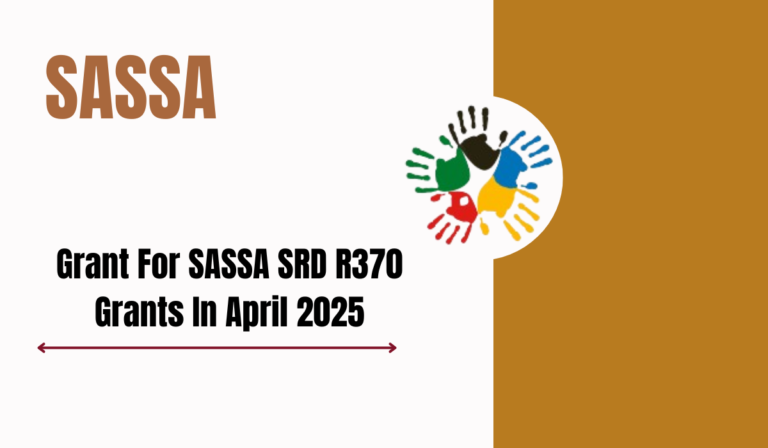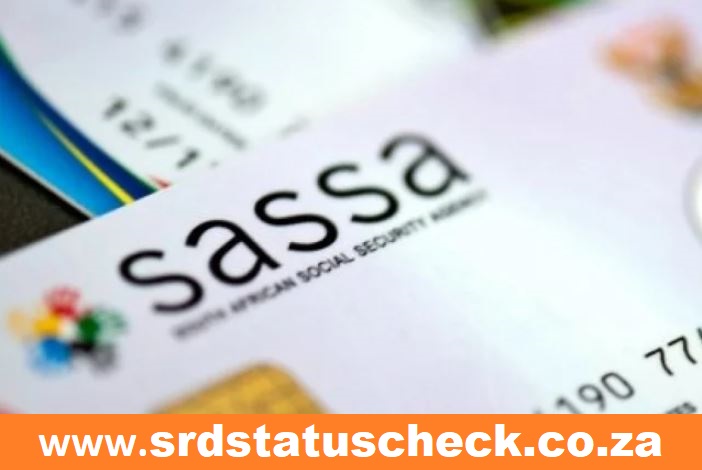Increases In SASSA Social Grant Payments Take Effect In April
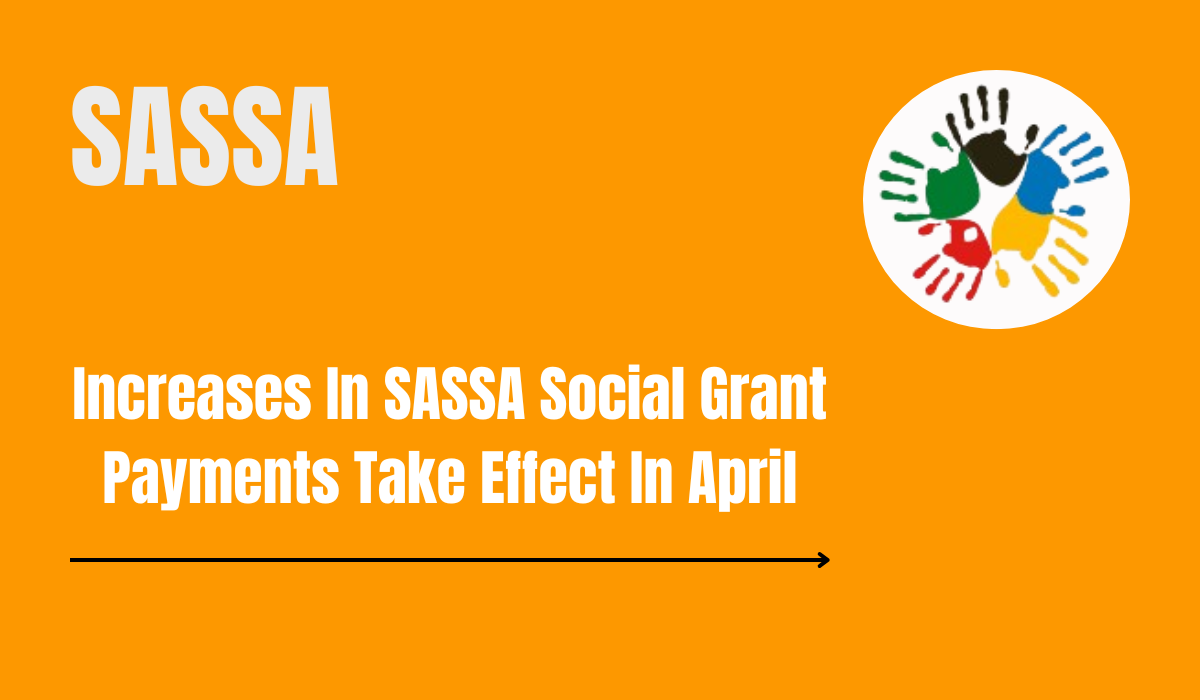
Increases In SASSA Social Grant Payments Take Effect In April. The South African Social Security Agency (SASSA) has announced significant increases in social grant payments that will take effect from April this year. This move is aimed at providing financial relief to millions of South Africans who rely on these grants for their livelihoods. The increase will apply to all social grants except the Social Relief of Distress (SRD) grant, which will remain unchanged at R370 per month.
In his 2025 Budget Speech delivered on 12 March 2025, Finance Minister Enoch Godongwana highlighted that the number of social grant beneficiaries is expected to grow, reflecting an increase in South Africa’s elderly population. By 2025/26, the number of beneficiaries (excluding SRD grant recipients) is projected to reach 19 million, and by 2027/28, this figure is expected to rise to 19.3 million.
To help South Africans understand these changes, we provide a detailed breakdown of the SASSA grant increases, the implications for beneficiaries, and how this impacts the social welfare system.
Breakdown of SASSA Grant Increases for 2025
SASSA has implemented the following grant increases to help combat rising living costs and provide more support to beneficiaries:
| Grant Type | Previous Amount (R) | New Amount (R) |
|---|---|---|
| Old Age Grant | 2185 | 2315 |
| War Veterans Grant | 2205 | 2335 |
| Disability Grant | 2185 | 2315 |
| Foster Care Grant | 1180 | 1250 |
| Care Dependency Grant | 2185 | 2315 |
| Child Support Grant | 530 | 560 |
| Grant-in-Aid | 530 | 560 |
These increases are essential in addressing the rising cost of living and ensuring that social grant beneficiaries receive adequate financial support.
Why Are These Increases Necessary?
The National Treasury has allocated an additional R8.2 billion over the medium term to accommodate these social grant increases. This decision was made in response to the economic challenges that low-income families, pensioners, and people with disabilities face.
With the cost of basic necessities like food, electricity, and transportation continuing to rise, these increases are expected to provide some relief. The Department of Social Development has also emphasized that these funds are critical for ensuring the sustainability of South Africa’s social welfare system.
Impact on Social Welfare Budget
The South African government has prioritized social grants as part of its broader social protection strategy. In the 2025/26 financial year, the Department of Social Development has been allocated R422.3 billion, which will increase to R452.7 billion by 2027/28. This allocation reflects an annual growth rate of 4.5%.
According to the National Treasury, the majority of this budget (81%) is directed towards social grants, while the rest supports welfare services, development programs, gender equality initiatives, and advocacy for vulnerable groups such as children, women, youth, the elderly, and individuals with disabilities.
Sustainability of the Social Security System
Despite the increases in funding, the government has warned that efficiency measures will be necessary to sustain the current social security system. With more people becoming eligible for grants due to population growth and economic hardship, the system must remain financially viable.
To address these challenges, the government is exploring social grant reforms, such as:
- Implementing stricter eligibility verification processes.
- Reducing inefficiencies in grant administration.
- Preventing fraud and corruption in the grant distribution system.
- Exploring alternative funding sources to support long-term sustainability.
SRD Grant: No Increase in 2025
While all other social grants have increased, the SRD grant will remain at R370 per month. A total of R35.2 billion has been allocated to maintain this payment, including administration costs.
The SRD grant was introduced as a temporary relief measure during the COVID-19 pandemic but has continued due to high levels of unemployment and economic instability. Many advocacy groups have called for an increase in the SRD grant, arguing that R370 is insufficient given the rising cost of living. However, the government has not yet committed to raising this amount.
How the Increase Affects Beneficiaries
1. Pensioners and War Veterans
The old age grant and war veterans grant have increased, helping elderly South Africans cope with rising expenses, including healthcare, groceries, and utility bills.
2. People with Disabilities
The disability grant increase will provide more financial security for individuals who are unable to work due to medical conditions. This is crucial as medical costs and assistive devices become more expensive.
3. Families and Children
- The foster care grant increase supports foster parents in providing better living conditions for children under their care.
- The child support grant increase will help low-income families provide food, clothing, and education for their children.
- The care dependency grant increase benefits families caring for children with severe disabilities.
4. Grant-in-Aid Recipients
This increase helps individuals who require full-time care due to disability or chronic illness, ensuring they receive the necessary support from caregivers.
How to Check Your New Grant Payment
Beneficiaries can check their updated grant amounts by:
- Visiting the SASSA website (www.sassa.gov.za).
- Contacting the SASSA toll-free helpline at 0800 60 10 11.
- Checking payment status via the SASSA WhatsApp service (082 046 8553).
- Visiting the nearest SASSA office.
Conclusion
The increase in SASSA social grant payments is a welcome relief for millions of South Africans facing economic difficulties. While the SRD grant remains unchanged, increases in the old age grant, disability grant, foster care grant, child support grant, and others will provide much-needed financial support to vulnerable groups.
